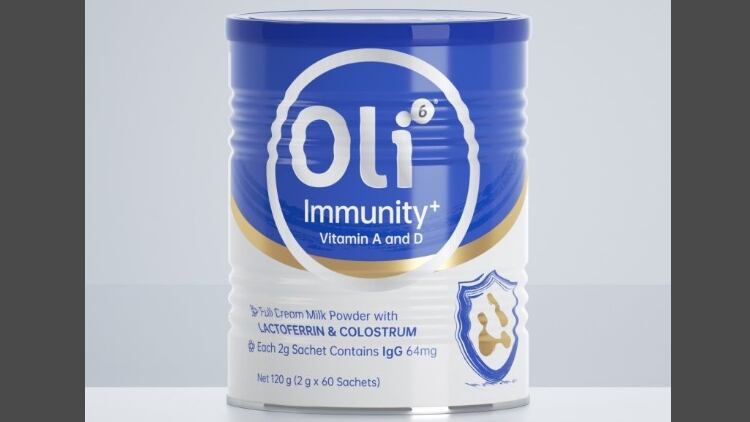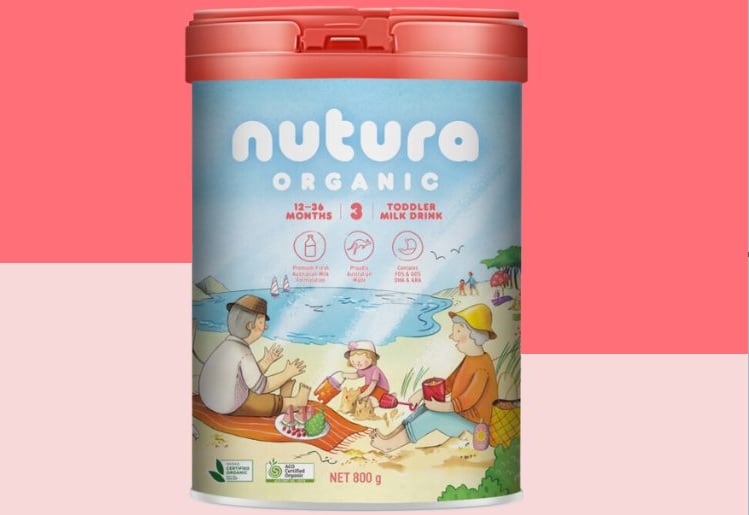Writing in Nutrients, researchers from the Japanese dairy giant and Tohoku University believes that NMN may be “an important nutrient” for early childhood development.
The study is said to be the first-of-its-kind study that examines the concentration of nicotinamide adenine dinucleotide (NAD) related substances in breast milk on a large scale.
A total of 150 mother–child pairs were randomly selected from the Tohoku Medical Megabank Project Birth and Three-Generation Cohort Study for this observational trial.
The Megabank stores breast milk samples and data on growth and development outcome.
The 150 mother-child pairs were randomised selected after meeting three key criteria.
First, the children were exclusively breastfed for the first six months of life.
Second, the mothers’ breast milk samples were collected one month postpartum.
Third, questionnaires assessing the children’s development were completed at the sixth month, one year, and two years of age.
The questionnaires assessed five development domains, namely communication, gross motor skills, fine motor skills, problem-solving ability, and personal and social skills of the children.
The researchers then examined if there was any correlation between the concentration of NAD-related substances and the children’s development.
NMN the major NAD-related substance in breast milk
The research found that NMN is a major NAD-related substance in breast milk.
The median amount of NMN in the breast milk was found to be 9.2 μM.
This is followed by nicotinamide (NAM) at 3.5 μM, NAD at 2.5 μM, and nicotinamide riboside (NR) at 1.1 μM.
“NMN was the most abundant NAD-related substance in breast milk, and the concentrations of some NAD-related substances in the breast milk were significantly correlated with each other,” the researchers said, referring to how NAD and NMN concentrations were positively correlated. This was also the case for NAD and NAM concentrations.
Significant positive correlation at two years old
A significant positive correlation was observed between NMN concentration in breast milk and all five neurodevelopmental indicators in children when they turned two years old.
However, no significant positive correlation was seen between NMN concentration and these development indicators when the children were six months and one year old.
Also, NMN concentration was significantly linked to motor and communications skills in the children, it was not significantly linked to physical development, such as weight-for-length Z-score, length-for-age Z-score, and weight-for-age Z-score.
“In the present study, we demonstrated, for the first time, an association between NMN levels in breast milk and infant neurodevelopmental outcome,” said the researchers.
They explained that there were multiple possible mechanisms by which NMN might be related to neurodevelopmental outcome.
“Important processes in human neurodevelopment that occur during the first two years of life include neuronal proliferation, axon and dendrite growth, synapse formation, and myelination and all of these processes can involve NAD synthase or NAD+-dependent enzymes,” they said.
Source: Nutrients
Effect of Nicotinamide Mononucleotide Concentration in Human Milk on Neurodevelopmental Outcome: The Tohoku Medical Megabank Project Birth and Three-Generation Cohort Study.
https://doi.org/10.3390/nu16010145
Authors: Saito, Y. et al





